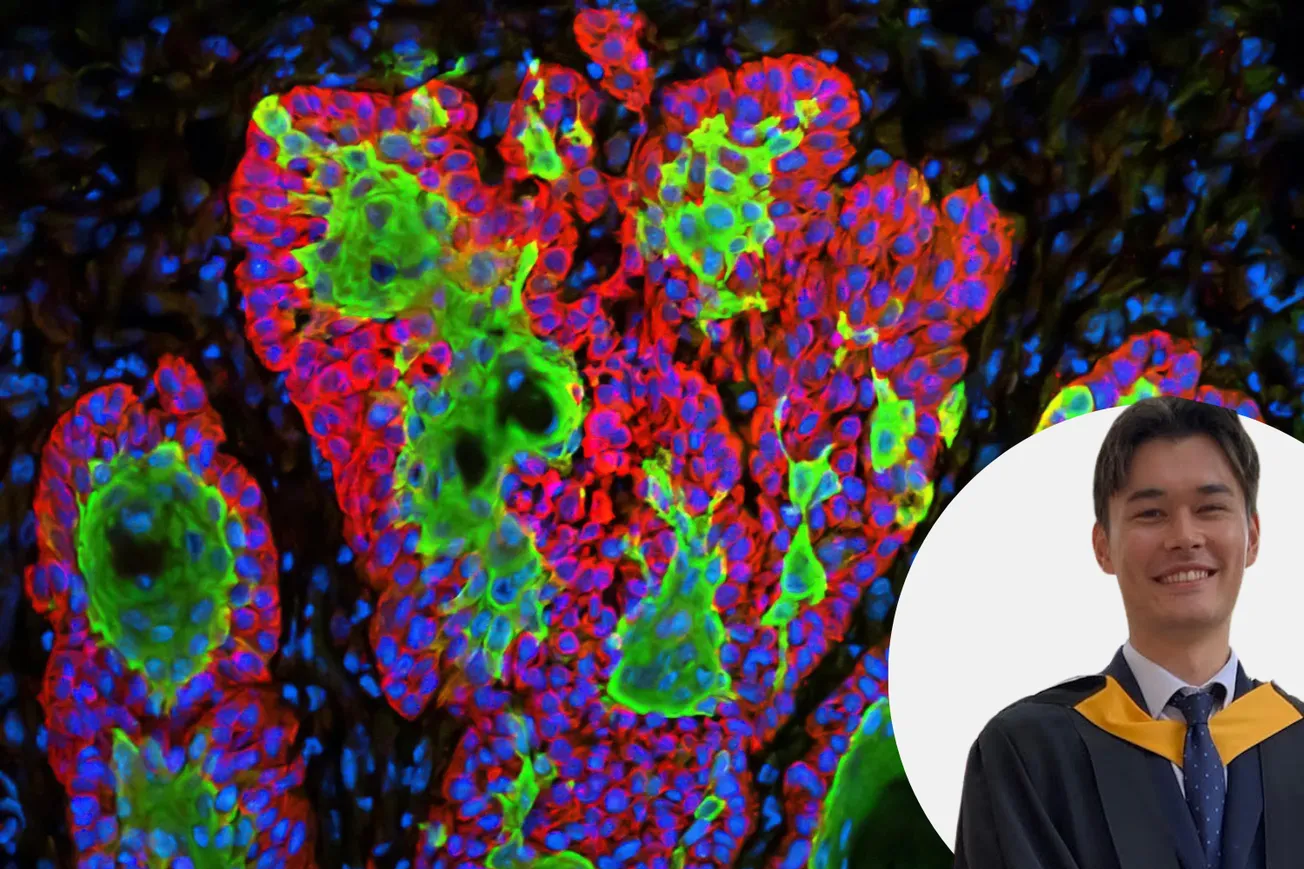Table of Contents
Why do we need Artificial Intelligence?
With both melanoma and non-melanoma cancer cases increasing sharply each year in the UK, early detection of cases and prompt treatment has never been more important [1]. When found early, melanoma patients have a 5-year survival rate of over 99%, compared to just 14% when found in later stages, emphasising the importance of early detection [2]. Whilst an increase in public awareness of the signs of skin cancer and campaigns to encourage patients to get any suspicious lesions checked are important, it does mean dermatologists in the UK are overwhelmed with patients. There are roughly 650,000 urgent skin cancer referrals a year in the UK [3].
Part of the solution to this problem could be the development of an exciting new technology: Artificial Intelligence (AI). AI will allow patients or healthcare professionals to analyse lesions with just a few taps on their smartphone. ‘DERM’ (Deep Ensemble for Recognition of Malignancy) has recently been licensed for use this year in the NHS as an AI tool for skin cancer diagnosis [3].
How does it work?
During development, the AI is shown thousands of images of biopsy-confirmed malignant and benign lesions, studying the typical characteristics which differentiate the two (typically irregular borders, a large diameter, asymmetry and uneven colours suggest malignancy). The AI will then analyse any lesion and determine whether it is likely benign, or malignant, based on the images it was trained on. Rather like a dermatologist, spending years of training understanding what makes a lesion suspicious, but in a fraction of the time.
In terms of how this works in practice, a patient or healthcare professional takes a picture of the lesion in question and uploads it to the AI system. This could be done at home or in a GP setting. The AI will then give a probability that the lesion is malignant. Should the lesion be likely benign, the patient is discharged and would not see a dermatologist face-to-face. If it is likely malignant, the patient would be referred under the two-week-wait pathway, in most cases for a biopsy of the lesion.
When ‘DERM’ was trialed in Leicester in 2023, the technology helped reduce the number of patients requiring a two week wait appointment by 37% [4]. This helped to open space for other patients to be seen and will save NHS services money, estimates predict savings of £86 per patient [4].
Is AI Reliable?
You may be wondering how we know this technology actually works and is this something we can trust for diagnosing skin cancer? Let’s take a look at the research.
AI has already been shown to be just as, if not more, accurate than dermatologists when it comes to diagnosing various skin conditions. A landmark study by Esteva et al used an AI model trained by 129,450 images covering 2,032 skin conditions to test whether it could be as accurate as 21 dermatologists in diagnostics [2]. When it came to distinguishing benign and malignant lesions, the AI model outperformed the dermatologists (72.1% vs 66%).
A more recent study evaluating the performance of ‘DERM’ found it was able to correctly rule out skin cancer an impressive 99.8% of the time, once again narrowly outperforming dermatologists by 1.0% [5].
What are the problems?
Despite these benefits of AI in dermatology, there are still issues which need addressing, particularly its accuracy with darker skin tones. Most studies including the previously mentioned studies are based on Fitzpatrick types 1-3 which are lighter skin. The Fitzpatrick scale ranges from 1-6 with 1 being very fair, white skin which burns easily, and 6 being pigmented skin which is dark brown or black. A lack of studies based on darker skin (Fitzpatrick 4-6) means the AI is performing worse when it comes to diagnostics with these patients. A study by Daneshijou et al showed that current AI models are 27-36% less accurate on these skin types [6]. Moreover, the ‘DERM’ system being used in the UK requires people with black or brown skin to have a review by a healthcare professional regardless of the AI result, due to the technology being ‘less certain’ with this demographic [3].
This is all likely a result of a deeper lying issue: a lack of representation of darker skin tones in dermatological resources and datasets. The AI is only as good as the dataset it is trained on; a lack of images covering skin of colour leads to a less accurate AI. 5-year melanoma rates are almost 20% lower in black people compared to white as a result of it often being diagnosed at a much later stage compared to white people [7]. This has been a longstanding problem in dermatology, and it is crucial that this doesn’t filter through into this new era of AI diagnostics.
The Future of AI
So what is being done to improve this issue? Firstly, diversifying datasets to represent a wider variety of skin types is crucial to improving AI diagnostic accuracy. Daneshijou et al were able to fine tune their AI model by updating their dataset with a far greater variety of skin types including Fitzpatrick 4-6 [6]. Upon repeating the test the AI’s accuracy improved by over 10% for types 5 and 6 [6]. Suggesting the main problem was not the AI but the poor initial dataset it was trained on.
Efforts are being made to diversify datasets to include underrepresented patients. One example is the PASSION project which is a dataset being developed with images from sub-Saharan Africa [8]. Using 4,200 images it hopes to increase the accuracy of AI in these patients.
In conclusion, AI is set to change skin cancer diagnostics for the good, helping to ease the pressure on NHS services and enable more accurate diagnoses. However, efforts still need to be made to ensure existing problems with skin cancer detection in pigmented skin do not negatively affect AI as well.
References
[1] Cancer Research UK Melanoma Skin Cancer Incidence Statistics
[2] Esteva A, Kuprel B, Novoa RA, Ko J, Swetter SM, Blau HM, Thrun S. Dermatologist-level classification of skin cancer with deep neural networks. Nature. 2017 Feb 2;542(7639):115-118. doi: 10.1038/nature21056
[3] NICE ‘AI skin cancer detection system gets green light for conditional NHS use’
[4] NHS Case study: Artificial intelligence helping to speed up skin cancer diagnosis in Leicester, Leicestershire, and Rutland integrated care system
[5] AI Shown to Outperform Human Experts for Skin Cancer Detection – NHS England Report
[6] Daneshjou R, Vodrahalli K, Novoa RA, Jenkins M, Liang W, Rotemberg V, Ko J, Swetter SM, Bailey EE, Gevaert O, Mukherjee P, Phung M, Yekrang K, Fong B, Sahasrabudhe R, Allerup JAC, Okata-Karigane U, Zou J, Chiou AS. Disparities in dermatology AI performance on a diverse, curated clinical image set. Sci Adv. 2022 Aug 12;8(32):eabq6147. doi: 10.1126/sciadv.abq6147
[7] Buster KJ, Stevens EI, Elmets CA. Dermatologic health disparities. Dermatol Clin. 2012 Jan;30(1):53-9, viii. doi: 10.1016/j.det.2011.08.002. PMID: 22117867; PMCID: PMC3742002.
[8] PASSION for Dermatology: Bridging the Diversity Gap with Pigmented Skin Images from Sub-Saharan Africa






